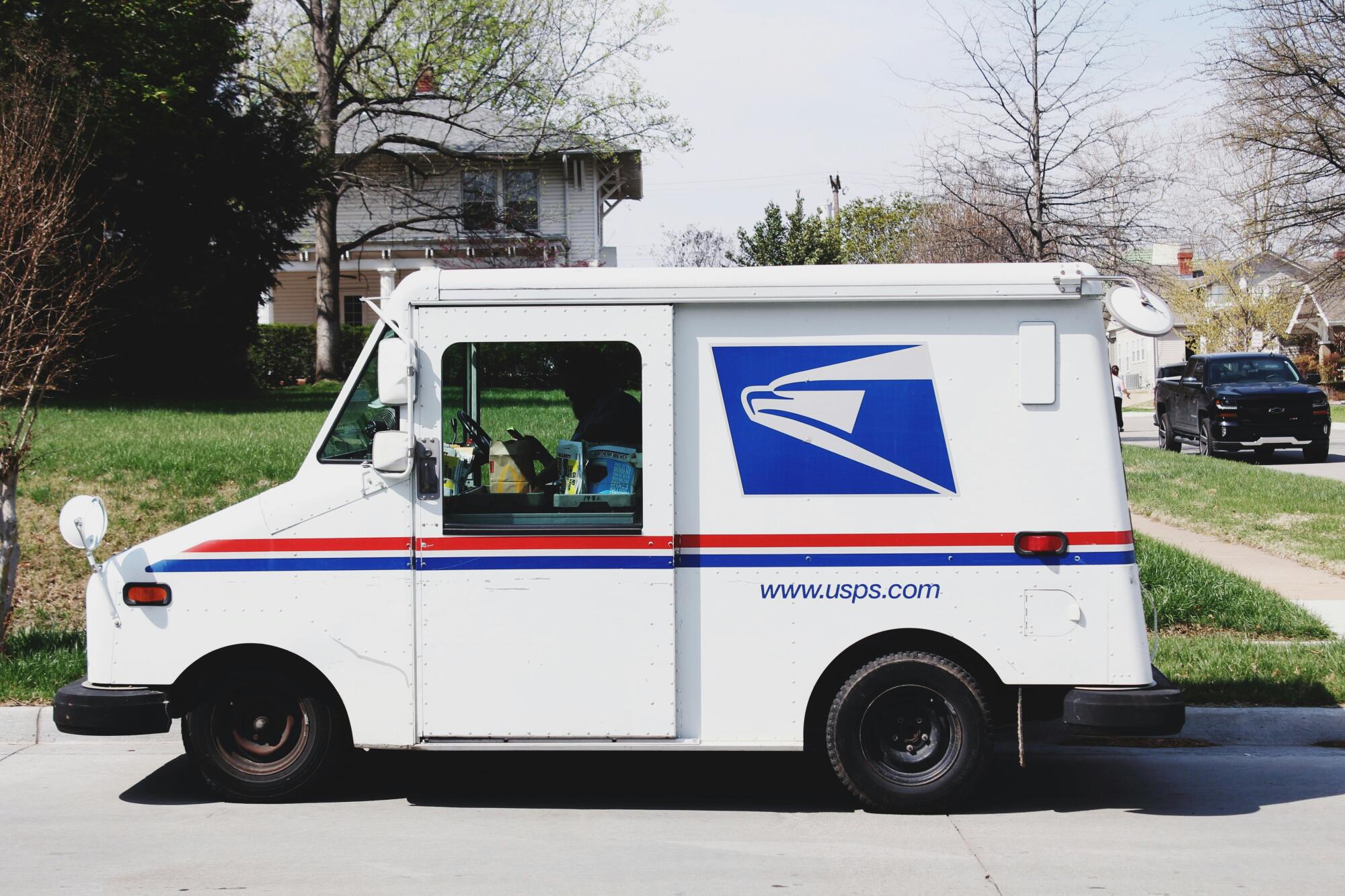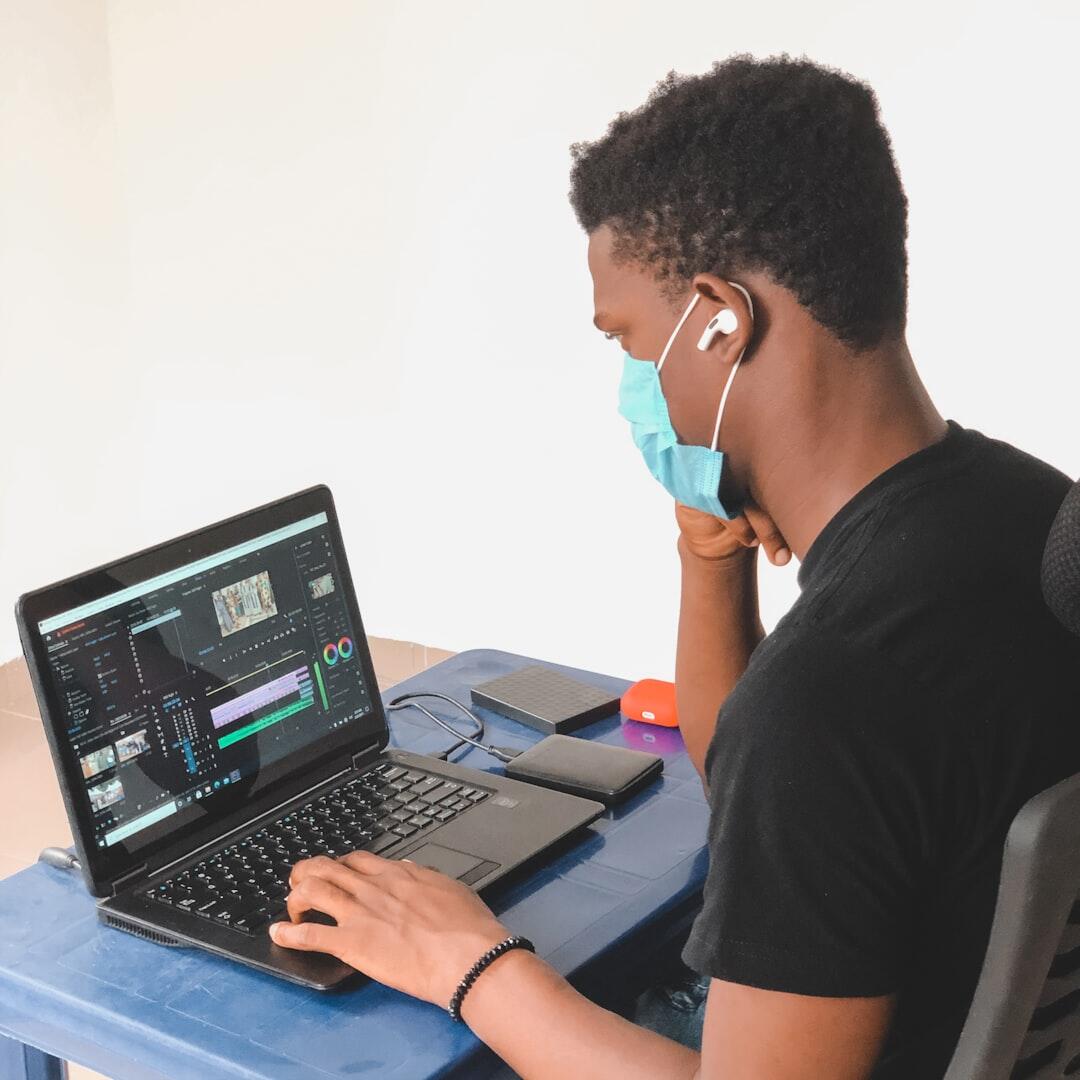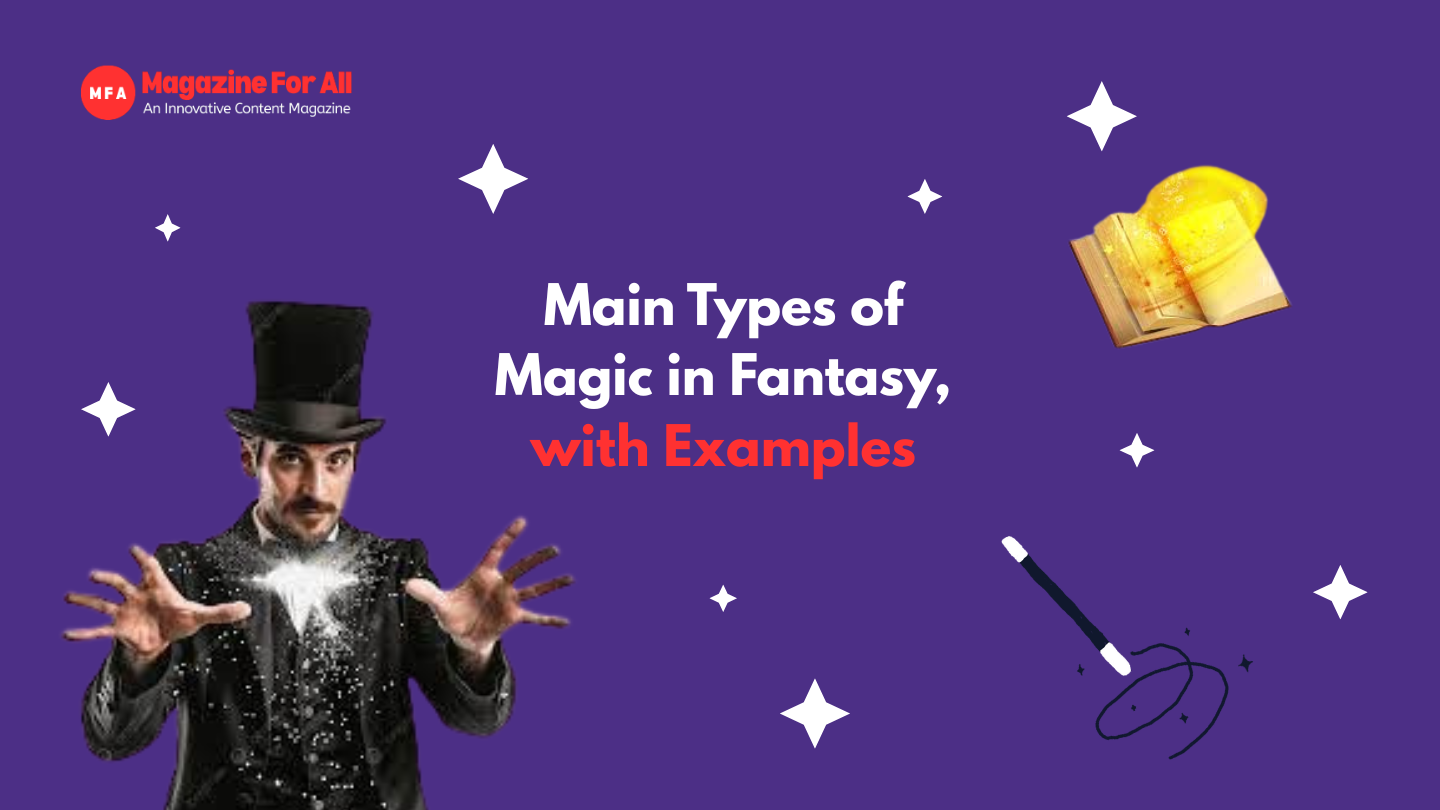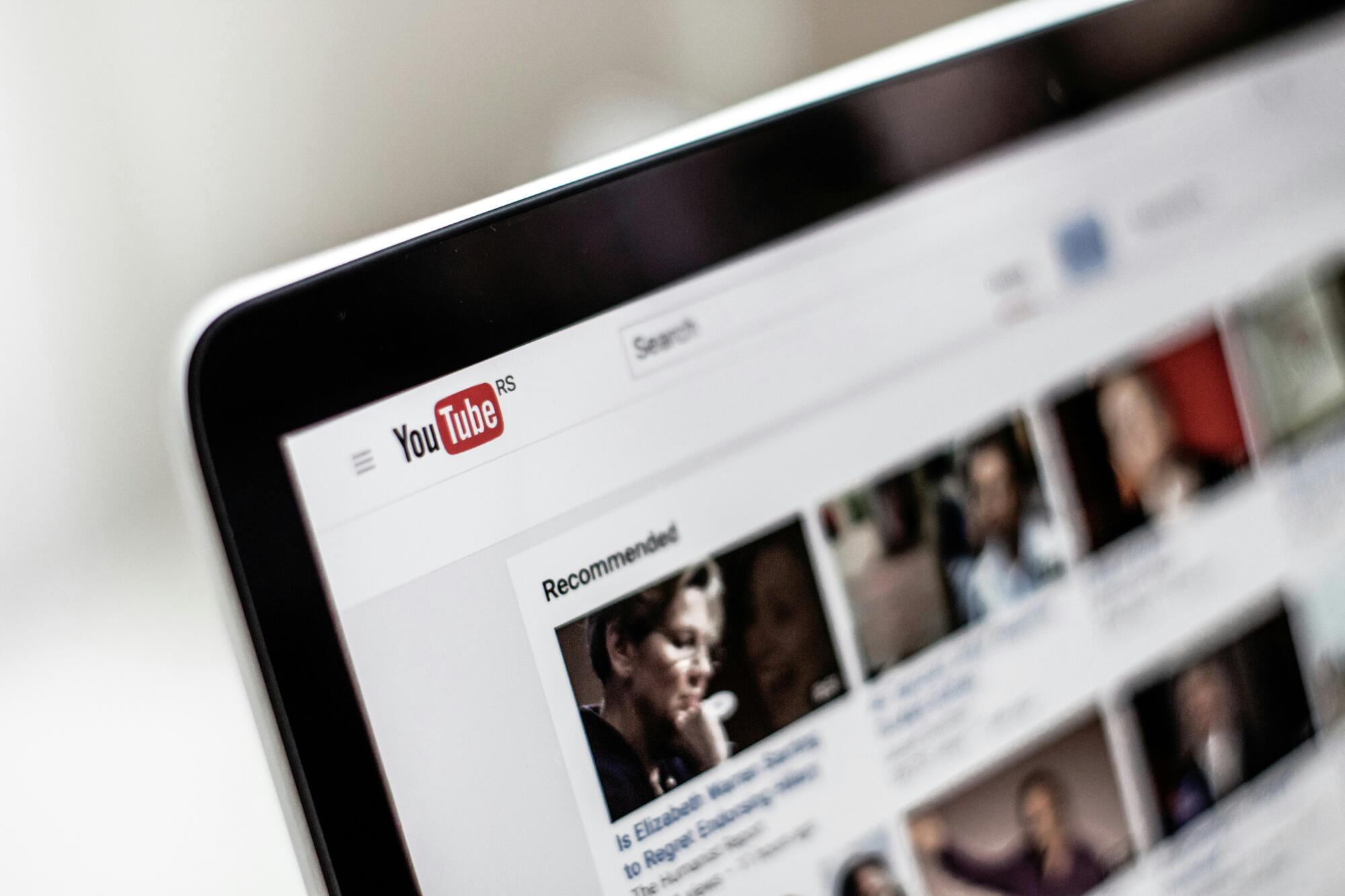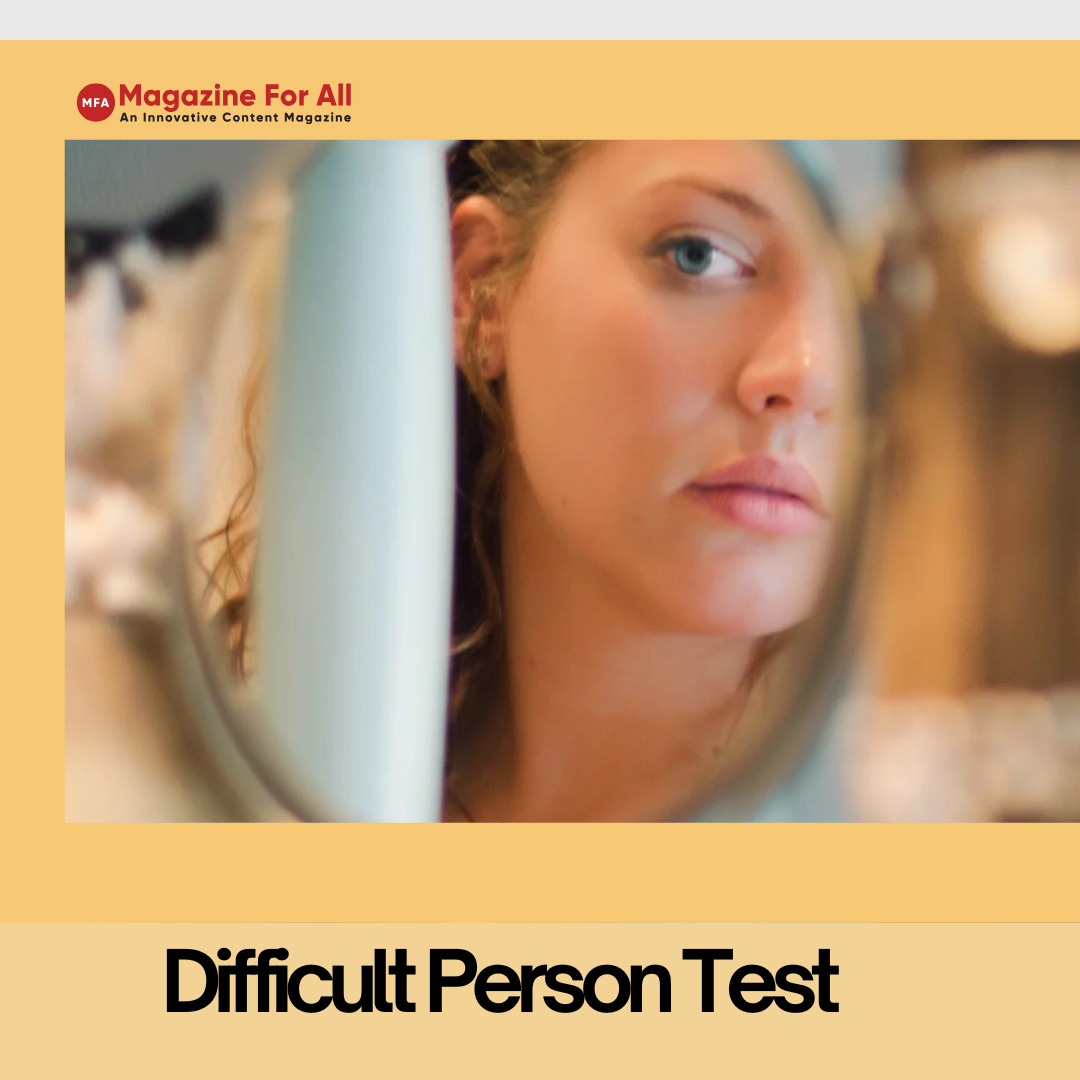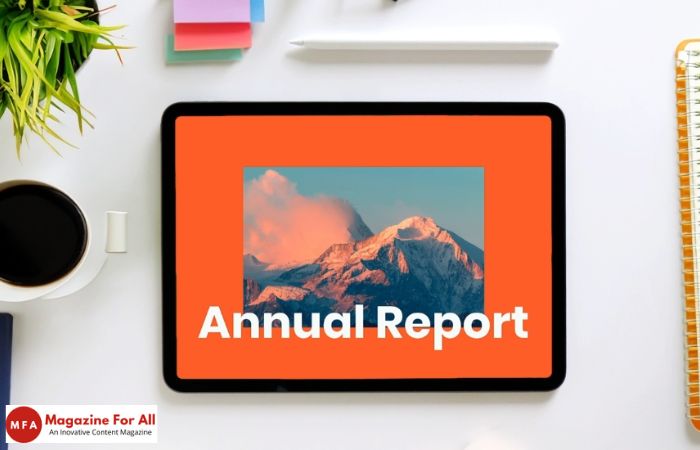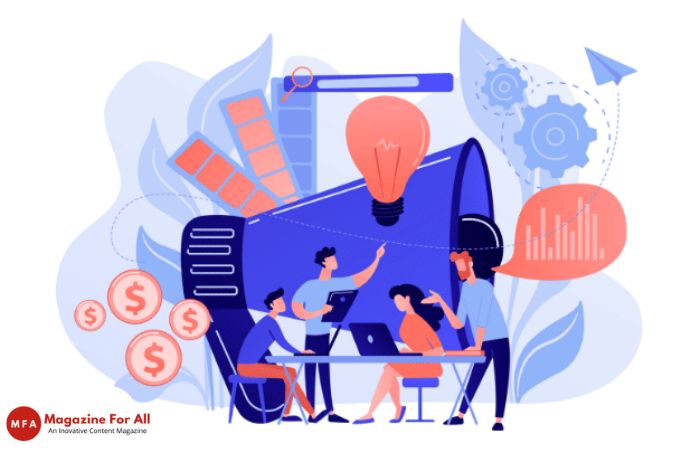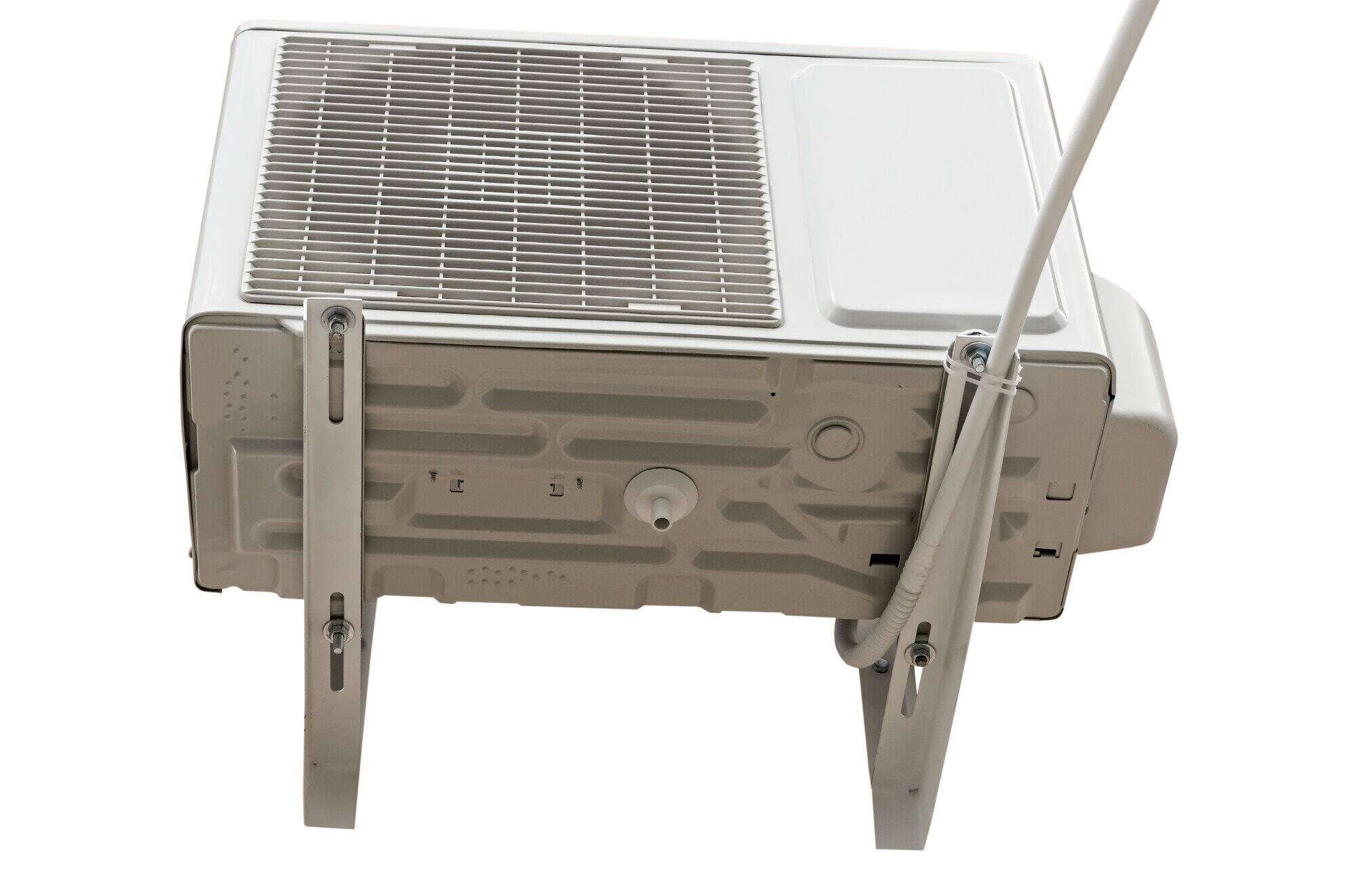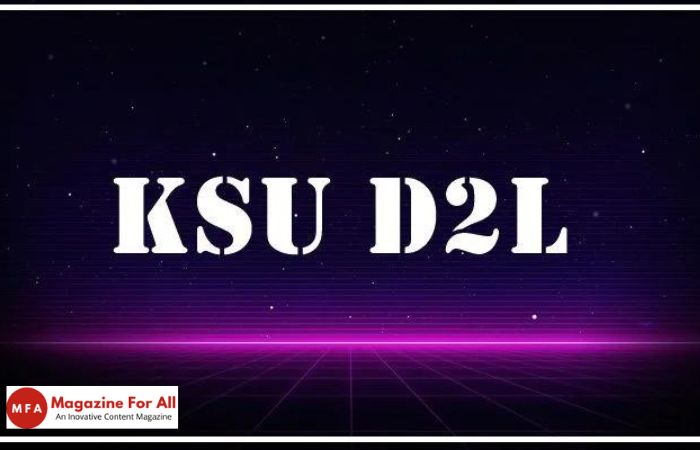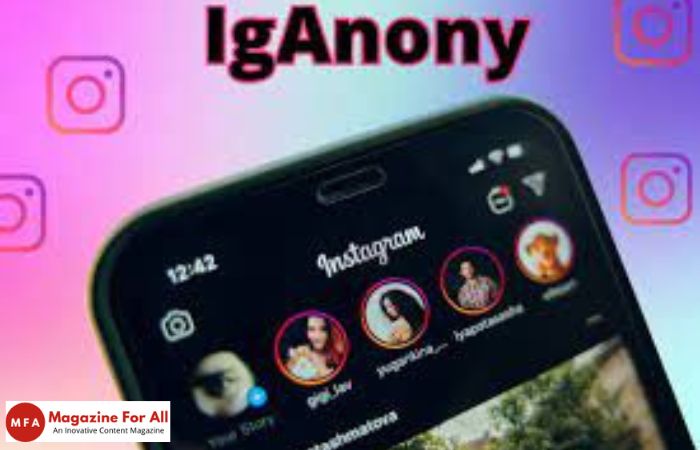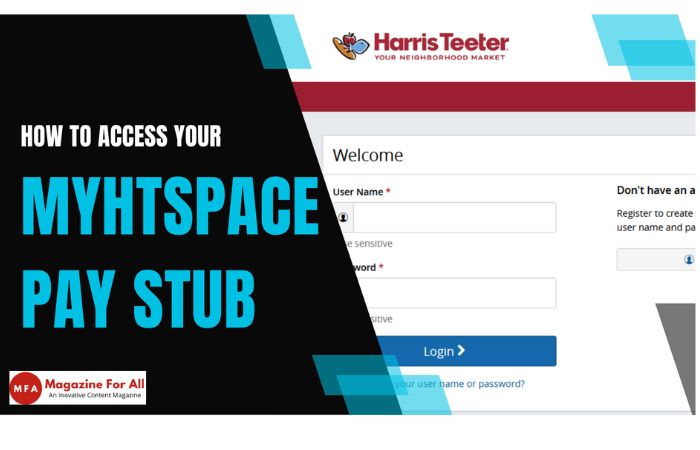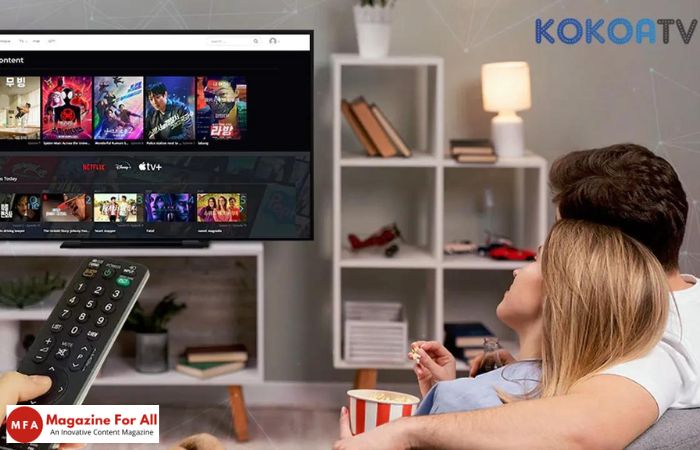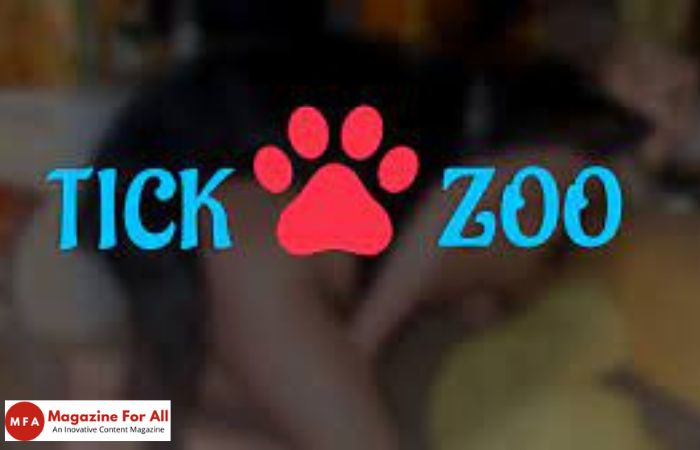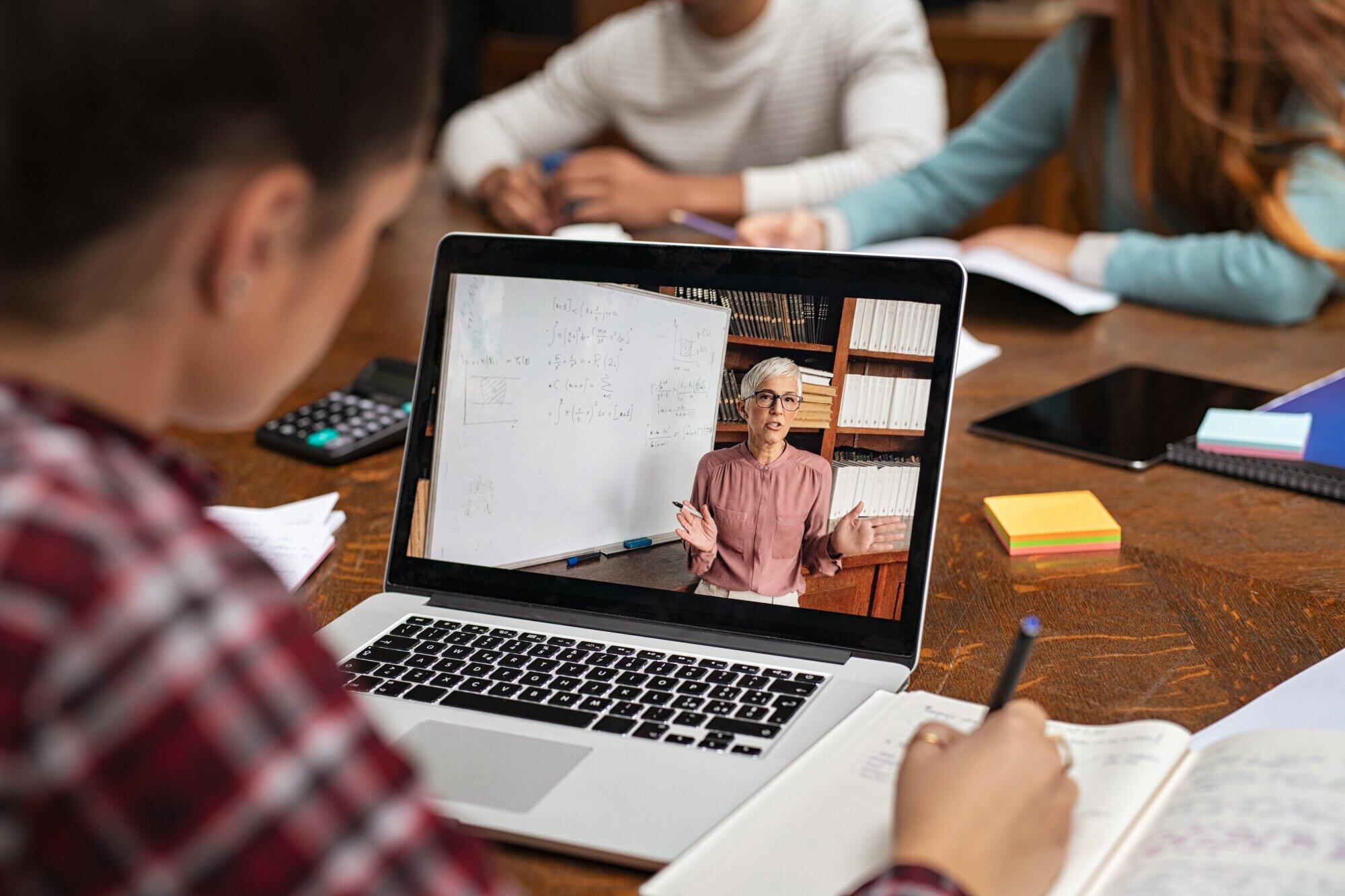In the nonprofit world, building strong relationships with donors is very important. Donors keep nonprofits running, so keeping their support is key to long-term success. But nonprofits often have limited time and money, and many groups are asking donors for help. This makes it harder to stand out.
To manage this better, nonprofits can use a tool called Customer Relationship Management, or CRM. CRMs are often used by businesses, but nonprofits can use them too. They help connect with donors and raise more money.
Table of Contents
What is a CRM for Nonprofits?
A CRM is software that helps nonprofits keep track of their donors, volunteers, and supporters. Instead of using spreadsheets or notes, all information goes into one place. This includes contact details, donation history, event attendance, and messages sent.
With this information in one system, nonprofits can better understand their donors. This helps them send more personal messages and build stronger relationships.
Why Nonprofits Need CRM
A CRM makes donor management easier by keeping track of donor actions automatically. This saves time and reduces mistakes. It also helps nonprofits communicate better by sending personalized emails, thank-you notes, and invitations.
This makes donors feel appreciated and more loyal. CRMs also help make fundraising more efficient. They identify donors who might give more and track how well campaigns are doing.
This way, nonprofits can focus their efforts in the right places. CRMs provide reports and data so nonprofits can see what is working and what isn’t. Some CRMs also help organize volunteers by storing their information and helping communicate with them.
Key Features to Look for in a Nonprofit CRM
The CRM should have a donor database that is easy to update and use. It should include tools to send emails and automate follow-ups. Donation tracking is important, so nonprofits can see gifts in real-time, including recurring donations and pledges.
Event management tools help organize fundraisers, track who attends, and manage registrations. The CRM should offer reports and dashboards to help nonprofits track fundraising progress and donor engagement. It’s helpful if the CRM can connect with other software like accounting programs, payment systems, and social media.
How to Use CRM to Boost Donor Engagement
Nonprofits can use a CRM to group donors based on how much they give or what they like. This allows sending messages that feel personal. Automating emails such as thank-yous, reminders, or birthday wishes keeps donors connected without extra work.
Tracking how donors respond over time helps nonprofits improve their messages and campaigns. CRMs also make it easier to promote monthly giving programs and encourage recurring donations. Using the event management features, nonprofits can organize fundraisers, track who comes, and follow up afterward.
Choosing the Right CRM for Your Nonprofit
There are many CRM options, and picking the right one can be hard. Free options include CiviCRM and HubSpot Nonprofit, while paid choices include Salesforce Nonprofit Cloud and Bloomerang. Think about your nonprofit’s size, budget, and technical skills.
Also consider your fundraising goals. Many CRM providers offer free demos or special help for nonprofits.
These can guide you in making the best choice. Check out the Mightycause donor management software to learn more.
Use the Best Tools for Your Organization
A good CRM can change how nonprofits connect with donors. It helps build stronger relationships, raise more money, and support the mission better. By choosing the right CRM and using its features well, nonprofits can boost donor engagement and make a lasting difference.
If you want to read more articles, visit our blog.


